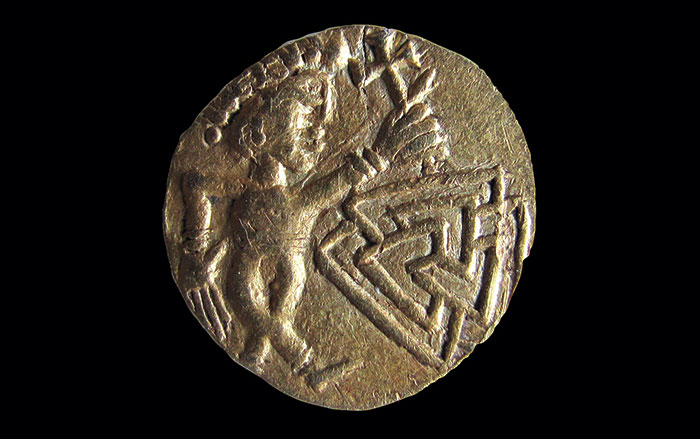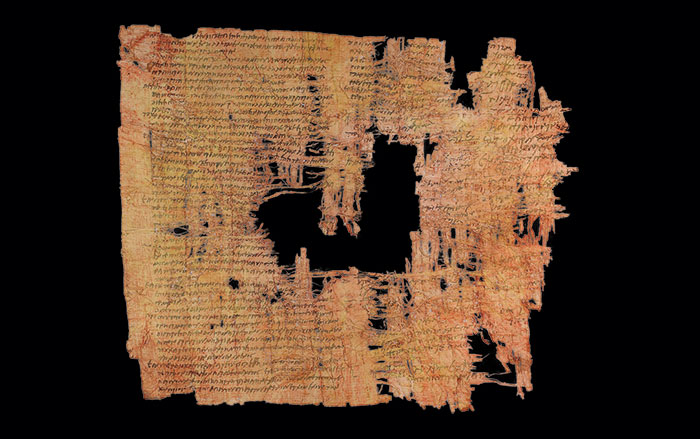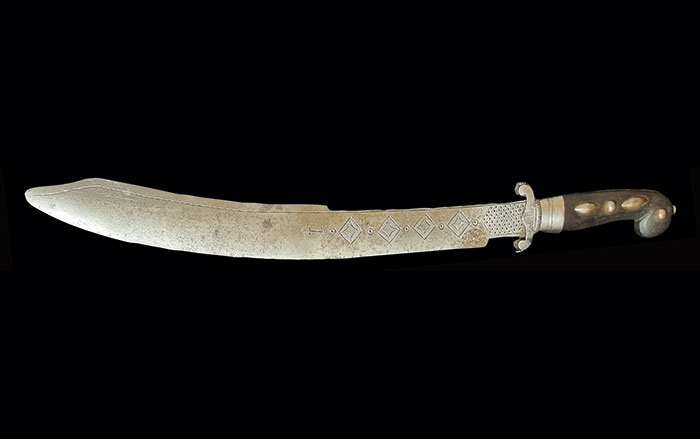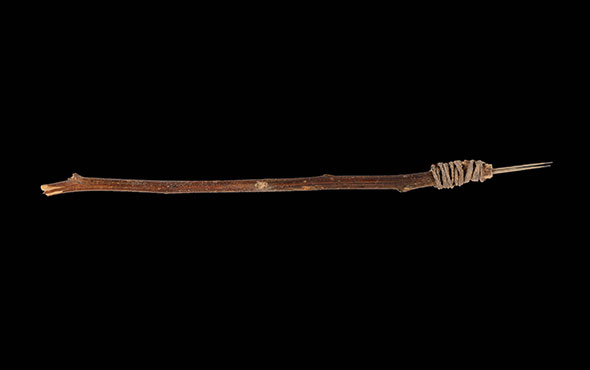
MELBOURNE, AUSTRALIA—According to a Cosmos report, Renaud Joannes-Boyau of Southern Cross University and his colleagues analyzed levels of different elements in the growth rings of Australopithecus africanus teeth to investigate the hominin’s breastfeeding patterns. The four teeth, recovered from South Africa’s Sterkfontein Cave, belonged to two individuals who lived between 2.6 and 2.1 million years ago. The levels of barium, which is absorbed by growing teeth more readily on a diet of milk, suggest that Australopithecus africanus breastfed exclusively for the first six to nine months of life, and then added other foods, which can be tracked by levels of strontium in the teeth. The scientists suggest breastfeeding dropped off at the first birthday, but ramped up again periodically over a period of four or five years, perhaps during times of food scarcity. “When it’s the off season then the mother will supplement a lot of the calorie deficiency with breast milk,” Joannes-Boyau said. He also noted that levels of lithium rose right before the period of breastfeeding began each year, perhaps because Australopithecus africanus relied on a particular food during the off-season. The relative absence of predators in the area may have made living in such a harsh environment worth the effort, Joannes-Boyau explained. For more on hominins including Australopithecus africanus, go to “Hungry Minds.”











